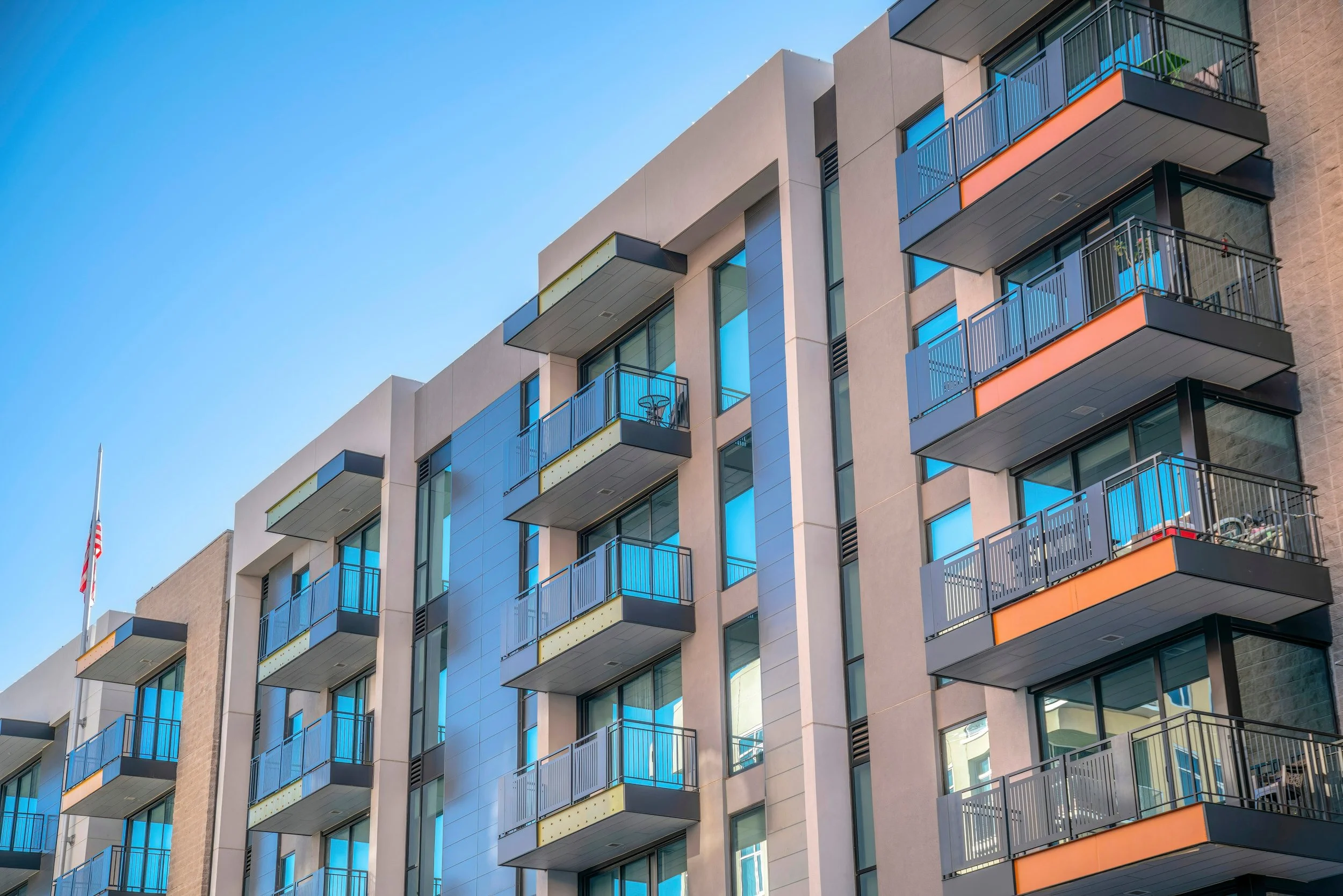S2760/A4384 Legislation Structural Integrity Report
In January 2024, the State of New Jersey adopted the S2760/A4384 Legislation, which is designed to put in place appropriate procedures for inspecting, evaluating, and maintaining the structural integrity of certain residential housing structures within this State. The legislation mandates that specific Common Interest Community (CIC) structures undergo inspection and evaluation by a structural inspector licensed in New Jersey, during all construction stages of the buildings. It also ensures that Associations/Owners have sufficient reserve funds on hand to carry out necessary maintenance repairs to the building components and shared spaces.
New & Existing Building Initial Structural Inspection Requirements:
Time frame
For buildings where the certificate of occupancy was issued before January 8, 2024, an initial structure inspection must be performed within 2 years.
For buildings where the certificate of occupancy was issued after January 8, 2024, an initial structural inspection must be performed within the earlier of:
15 years of the date on which the covered building receives a certificate of occupancy.
60 days after observable damage to the primary load bearing system.
Structural Inspector
A structural inspector, who must be a licensed Professional Engineer (PE) in New Jersey, is required to issue a written report detailing any necessary repairs to the primary load-bearing system.
The structural inspector is tasked with determining a reasonable time frame for the next inspection. However, this must not exceed 10 years after the first inspection, during the first 20 years following the issuance of the Certificate of Occupancy (C.O.), or no more than 5 years if the building is older than 20 years.
Reports must be submitted directly by the structural inspector to the municipal appointing authority, the construction official, and the enforcing agency.
Exemptions:
Buildings made of light timber framing, including those with prefabricated timber truss elements, are exempt from the requirements of the new legislation, unless they are constructed on a concrete podium.
In addition to structural integrity, the S2760/A4384 legislature specifies requirements for capital reserve studies for buildings.
The Invaluable Role of Engineers and Architects in Inspections:
Engaging the expertise of engineers and architects is integral to the successful implementation of the S2760/A4384 legislation. These professionals bring a unique skill set to the table, combining technical prowess with a keen understanding of architectural design principles. Their roles in the inspection process are multifaceted and include:
Condition Assessment
The S2760/A4384 study will assess the condition of the following components and systems to detect any structural distress of the building including, but not limited to:
Rooftops and associated structures
Interior lobby spaces
Interior corridor spaces
Interior stairwell spaces
Mechanical rooms
Parking Garage
Building columns, beams and girders where visually observable.
Building façade
Retaining walls
Foundation/ pile caps where visually observable
Balconies
Resources - To learn more about the S2760 Legislation
https://nj.gov/governor/news/news/562024/approved/20240108k.shtml


